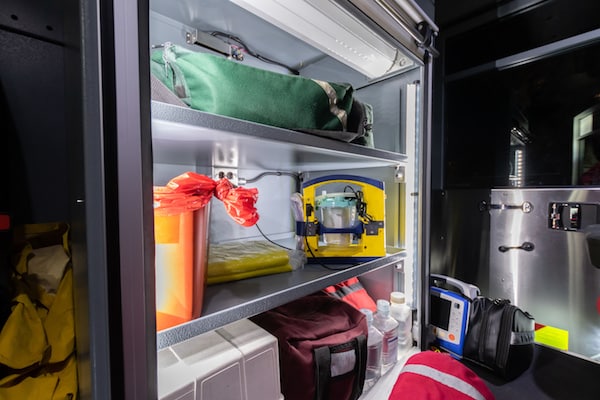
3 Small Changes to Better Manage Your EMS Inventory
EMS teams deal with many difficulties, but more effective inventory management can go a long way to eliminating issues. In this article, we will share insights on tips that can improve your EMS equipment and inventory management.
Inventory management is vital to any business establishment, and this includes EMS. Today’s EMS teams struggle with issues like drug shortages, tight budgets, strict regulations, and streamlined staff. Therefore, an efficient and reliable inventory management system can help reduce costs, limit waste, and boost employee relations. It also increases productivity and augments patient care because the right supplies and drugs can be made available when needed.
Nevertheless, it is challenging to determine how much inventory is needed at one time. Therefore, as an EMS manager, you must find a balance between overstocking and inventory shortages to achieve an efficient management process. Here are some practices to build a more reliable EMS inventory system.
1. Optimize Costs
To reduce costs, EMS management must determine to following:
- How much stock is needed to meet product demand and replenishment demand?
- How can products be managed to limit the losses due to expiration, misuse, and theft?
- How can unused supplies be recycled?
- What can we buy in bulk for additional purchasing power?
By auditing your inventory, you can understand what is needed, when it is needed, and which is the first step to creating a more efficient system.
2. Use Technological Systems
Invest in automated inventory management distribution systems or electronic inventory systems for smaller practices.
You can also include speed loaders or snap packs in a sealed cabinet system for centrally deployed EMS services to resupply units and ensure an equal number of items are always available in every unit.
Alternatively, if your vendor can bear the cost of carrying inventory, then shift to the use of the “just-in-time” ordering, which significantly lowers inventory. However, bear in mind that there are risks with such systems, especially if an unexpected event like a natural disaster or adverse weather disrupts the supply chain. Hence, it would be best if you had a back-up plan if you choose to use this system.
3. Consider Recycling and Bulk Buying
Bulk purchases can also significantly reduce costs. However, it should be augmented by recycling prepackaged, unused medical supplies. To effectively use this practice, use a small number of suppliers so you can get better prices and even access electronic-inventory management systems for free. Nevertheless, this practice requires the right suppliers. An unreliable supplier can cause severe problems for your facility. Analyze your supplier performance to ensure you receive inventory without delay when necessary.
Overall, consistency is essential to efficient inventory management. If supplies are received and handled using a standard processing system, it boosts accuracy and optimizes your inventory management. For more information and resources about managing EMS equipment, inventory, and supplies, visit the Coast Biomedical blog to learn more.





